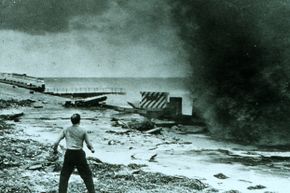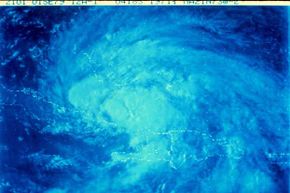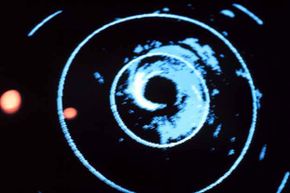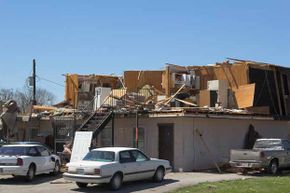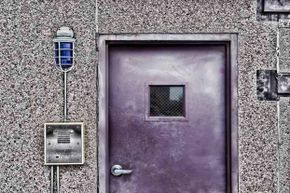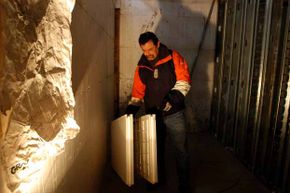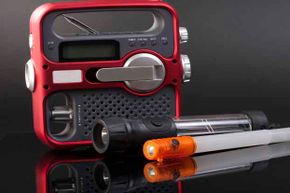Key Takeaways
- Technology plays a crucial role in saving lives during storms.
- From advanced weather forecasting to improved communication systems, innovations aid in early warnings and evacuations.
- Drones, satellite imaging and mobile apps enhance disaster response efforts, ensuring better preparedness and minimizing casualties.
Whether you're along the seacoast or in the middle of the U.S. Great Plains, there are few things more terrifying than really, really bad weather. Anyone who's experienced a hurricane such as Katrina in 2005 or Sandy in 2012 can testify to their destructive fury. While flooding is a serious problem, the most immediate threat from hurricanes is their powerful winds, which in a worst-case scenario can attain speeds of more than 150 miles (241 kilometers) per hour -- enough to snap trees like twigs, knock down utility poles, rip off roofs and demolish house walls. Such a storm has the potential to render an area uninhabitable for weeks or even months [source: National Hurricane Center].
Even inland, we still have to fear tornadoes -- rotating columns of air that can suddenly strike a smaller area with winds ranging from 100 miles (161 kilometers) per hour to as much as 300 miles (482 kilometers) per hour [source: Jha]. A tornado that ravaged the town of Joplin, Mo. in 2011 took 162 lives and caused an estimated $2.8 billion in damage [source: Rafferty]. And according to scientists, these scary storms may become even more powerful in the future, thanks to climate change [source: NASA].
Advertisement
That's the bad news. But if there's a silver lining to those ominous dark clouds, it's that technology may help us to better withstand the destructive ravages of powerful winds. Here are a few of the most useful ways in which technology can save people from storms.
